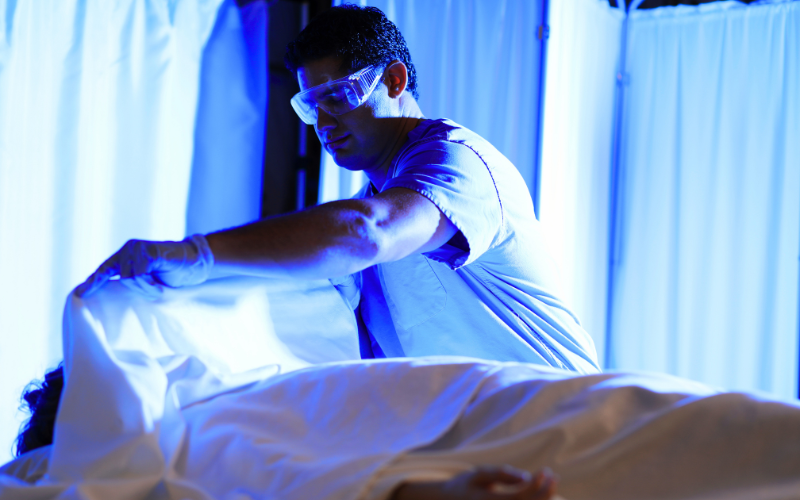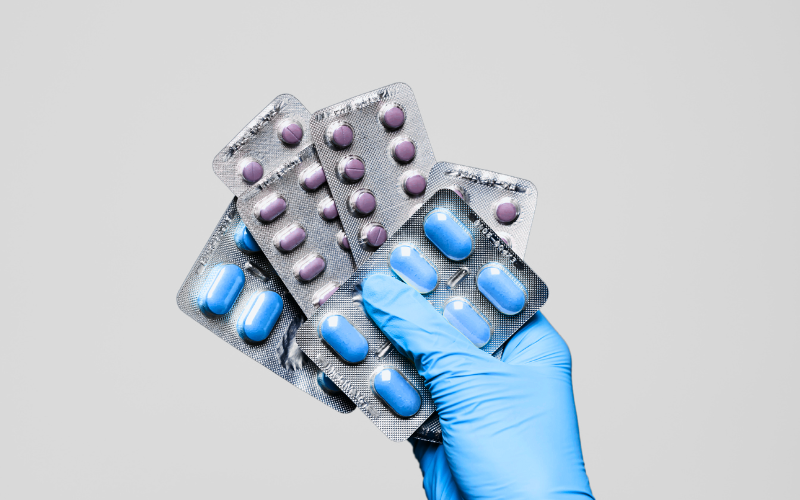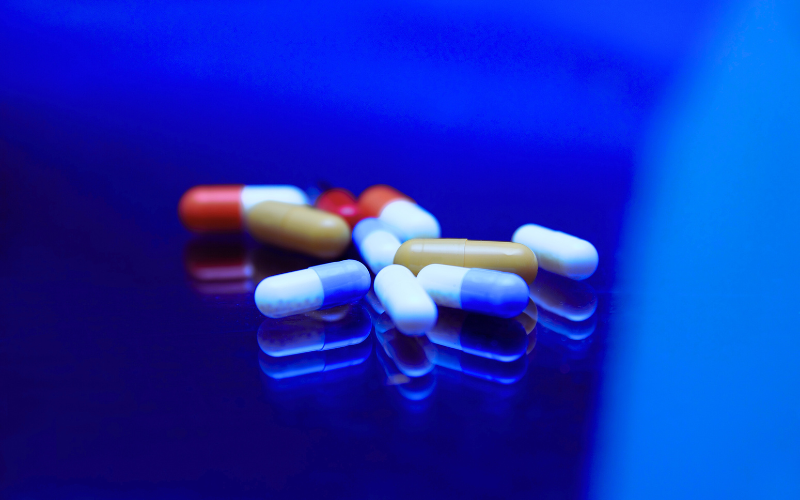Understanding drug test detection times is essential when choosing a testing method that aligns with your organization’s safety and compliance goals. While some methods identify drug use days after the fact, others focus on recent use that may indicate impairment.
Urine, saliva, and fingerprint testing each detect substances over different timeframes. This article explains how each method works and helps you choose the most appropriate option for your workplace.
Urine Drug Test Detection Times
Urine testing has been the default in many workplaces, primarily because of its ability to detect drug use that occurred days ago. Most substances appear in urine within a few hours and can remain detectable for one to three days. Some drugs, like cannabis, may stay in the system longer (up to 30 days for frequent users).
While this extended window can be helpful in some scenarios, it doesn’t always indicate current impairment or recent use. It also requires a private collection setting, adding complexity to onsite testing.
Saliva Drug Test Detection Times
Saliva tests offer a shorter detection window, usually 24 to 48 hours after use. They’re often used in post-incident or random testing scenarios where more recent drug use needs to be identified quickly.
However, saliva samples are collected from the mouth, meaning food, drink, or other contaminants can affect accuracy. The process still requires close contact, which can be uncomfortable for both the tester and the subject.
Fingerprint Drug Test Detection Times
Fingerprint drug testing detects drugs and their metabolites excreted in fingerprint sweat. This method provides a detection window of 16-24 hours after use, targeting the period where drugs are most likely to affect fitness for duty, performance, or safety.
Because the detection is recent, fingerprint drug testing is ideal for workplace screening, particularly random or routine testing in safety-critical environments. Sample collection is simple, clean, and discreet, requiring no bathrooms, swabs, or supervised sample collection.
Which Test Is Right for Your Workplace?
It depends on what you’re trying to measure. If your goal is to identify long-term or past use, urine may suffice. Fingerprint drug testing provides the most relevant insight if you need to assess potential impairment or enforce a zero-tolerance policy with minimal disruption.
By aligning drug test detection times with your workplace risk profile, you can make better-informed decisions that support compliance, safety, and productivity.











